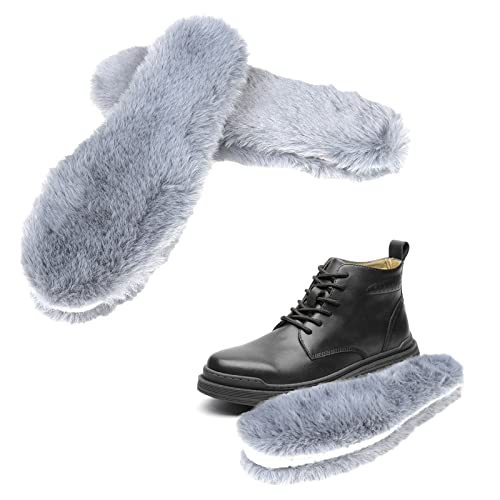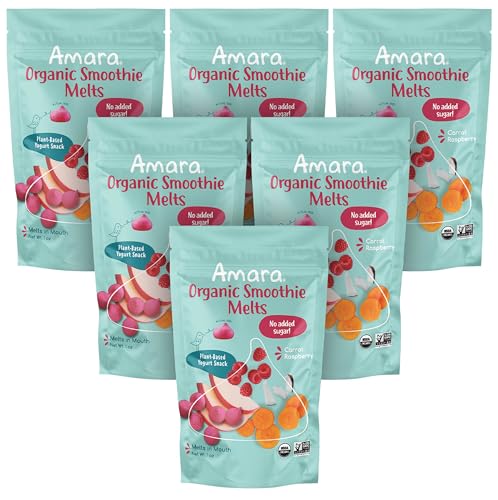It's such an excellent question. At birth, reds are born pink, and the red hair grows in. Chocolate agouti kits are born chocolate, and the agouti hair grows in. Both are born with the light eye rings, light bellies, and white inside the ears.
As the hair grows, reds have reddish tips, reddish outer color, and the color lightens as it goes down the hairshaft, the base color is creamy white. Chocolate agouti on the other hand, has chocolate at the very tip, a chocolate outer color, fawn mid-color, and dove gray (light chocolate) at the base.
Rufus modifiers react interestingly with chocolate, adding red highlights to the chocolate base color, making them sometimes appear to be reds. The key is to blow into the coat. True reds only have shades of red near the outside of the hairshaft, and creamy near the base. Of course, the goal is to have the red shade go as far down as possible, but on the super long angora hairshaft, it almost always ends up at the creamy white sooner or later. Other agouti based colors will have an end-of-the-tip color, a surface (near the tip) color, an intermediate yellowish band (cream, fawn, red), and then a dark (chocolate, dove gray, slate gray) base color.
Below is a Satin Angora high rufus chocolate agouti doe, she was born chocolate, and grew in this reddish agouti coat.
View attachment 43402
This is her fiber from her face, you can see the chocolate tips at the top, the right side clump shows the light chocolate base. The dark chocolate is from around her ears:
View attachment 43403




































































